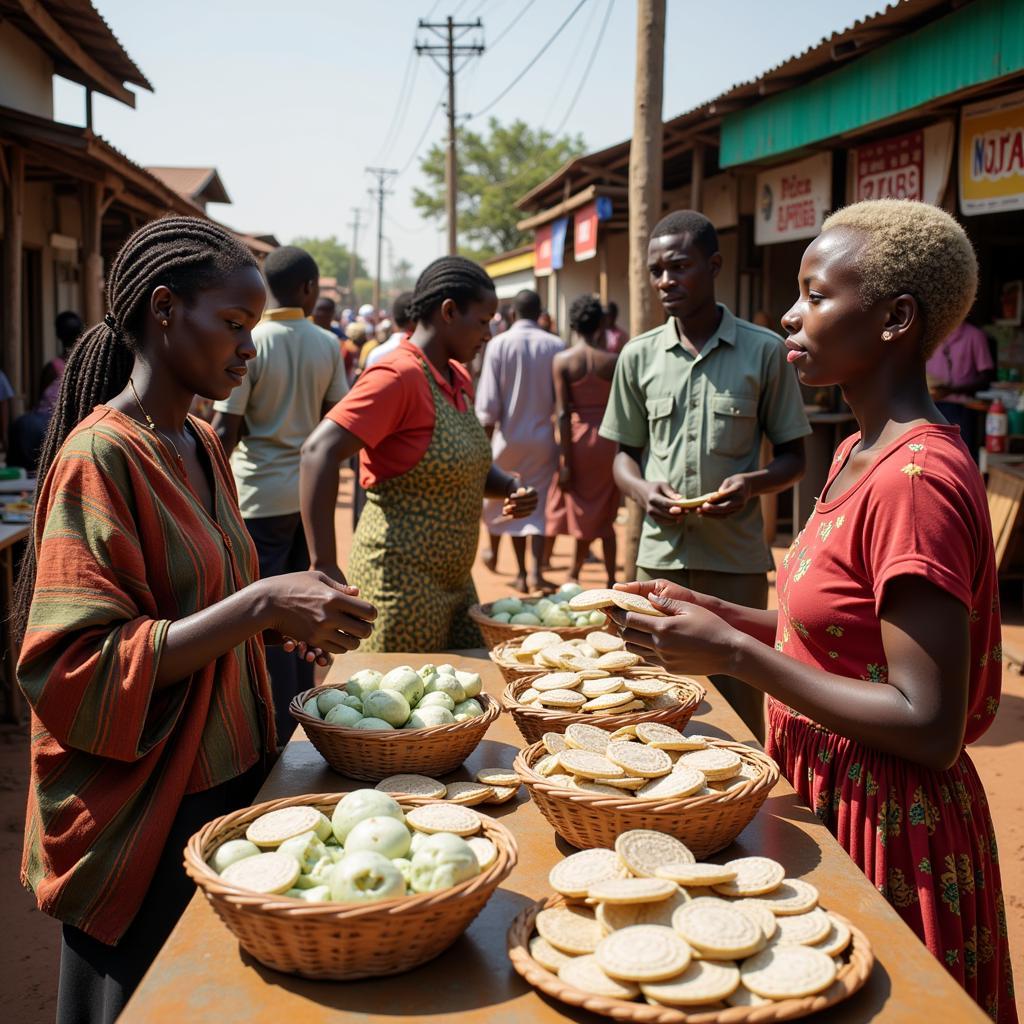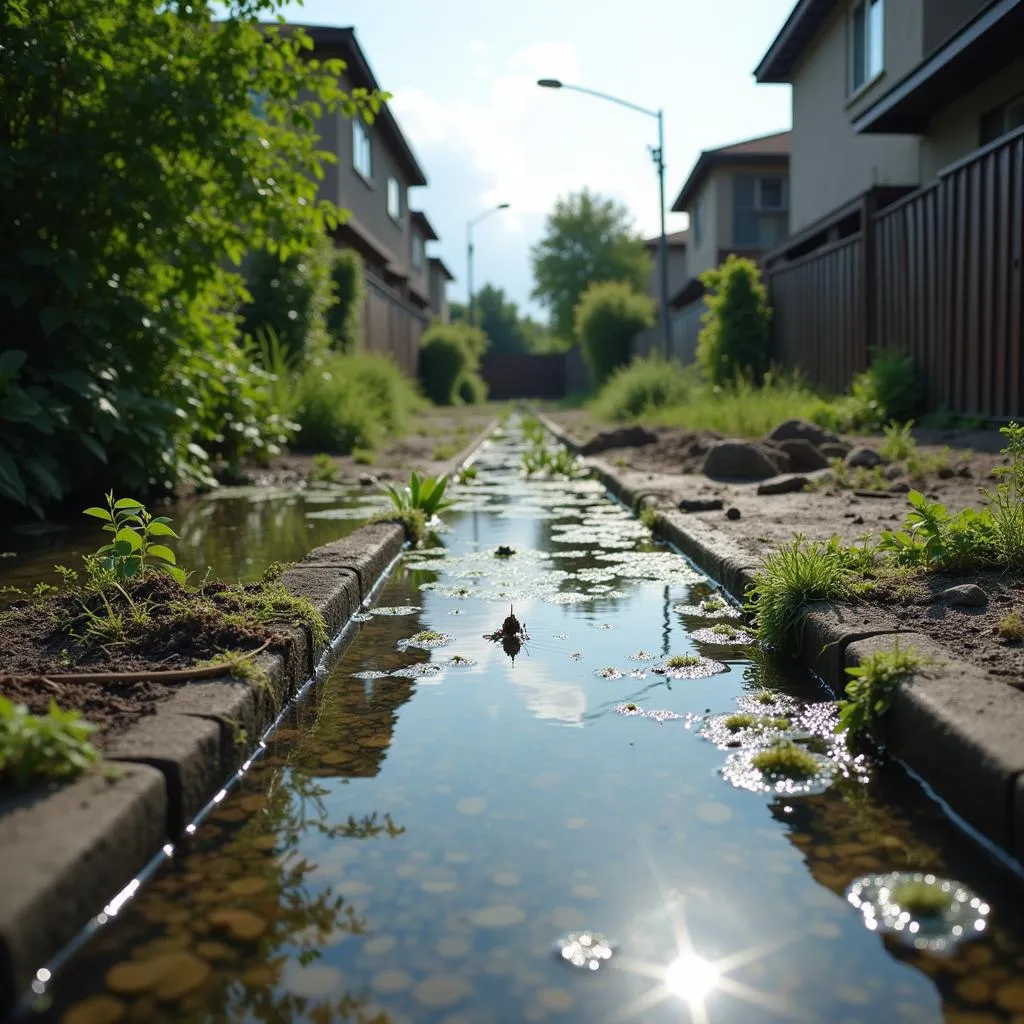The African Calabash Bowl: History, Uses, and Significance
The African Calabash Bowl, crafted from a dried and hollowed gourd, is an iconic symbol of African culture. More than just a utensil, it represents artistry, tradition, and a deep connection to the earth.
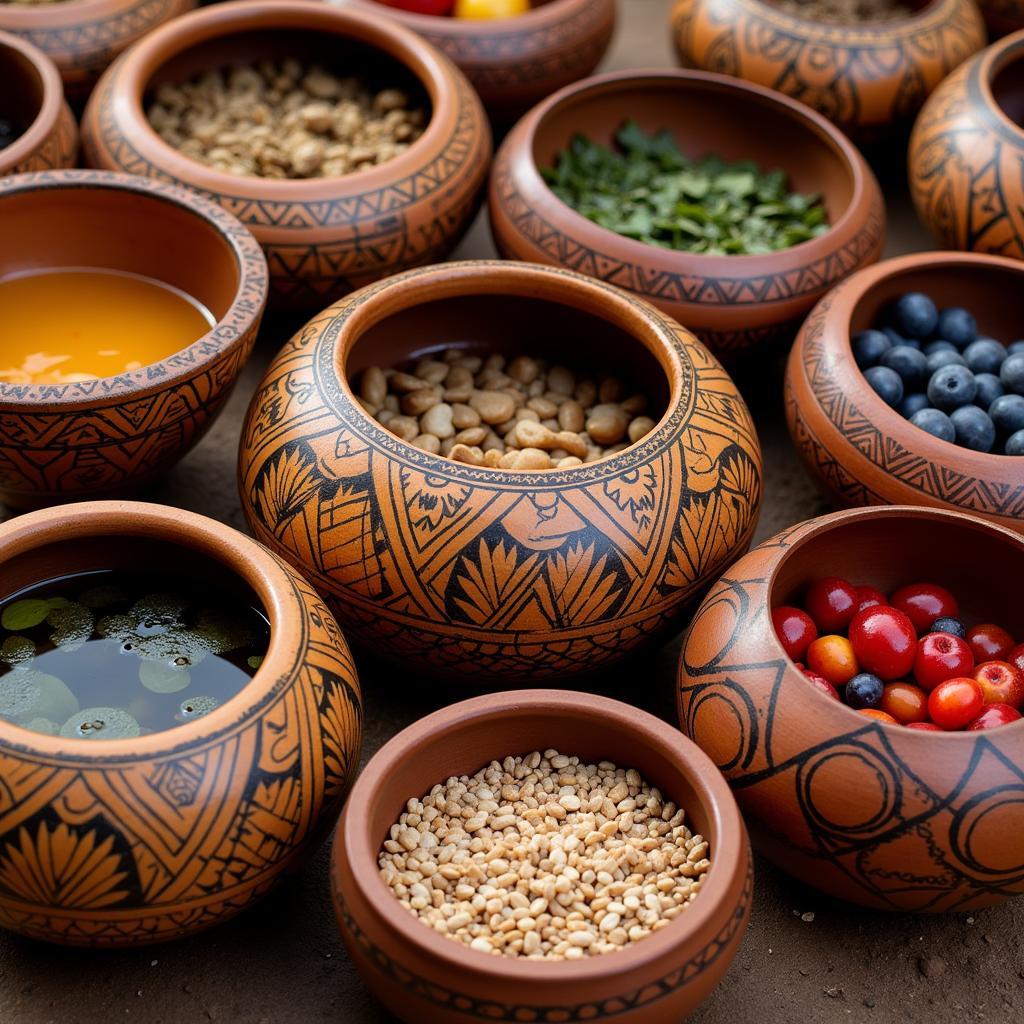 Traditional uses of the African calabash bowl
Traditional uses of the African calabash bowl
A Legacy Carved in Time: The History of the Calabash
The use of calabash gourds dates back thousands of years in Africa. Archaeological evidence points to their presence in everyday life since ancient times. From the arid regions of the Sahel to the lush rainforests, various communities across the continent have utilized this versatile gourd.
More Than Just a Bowl: Versatile Uses of the Calabash
The calabash bowl transcends its basic function as a container. It is a testament to the resourcefulness and ingenuity of African cultures.
- Food and Drink: Serving meals, storing grains, fermenting beverages, and scooping water are just a few of the ways the calabash serves culinary needs.
- Music and Art: Transformed into musical instruments like the kora and the balafon, the calabash resonates with the continent’s vibrant musical heritage. It also serves as a canvas for intricate carvings and paintings, showcasing artistic brilliance.
- Rituals and Ceremonies: From birth to death, the calabash plays a significant role in rituals. It holds offerings, symbolizes prosperity, and connects communities to their ancestral spirits.
The Calabash as a Symbol: Deeper Meanings and Cultural Significance
This humble gourd carries profound cultural significance.
- Unity and Community: The sharing of food and drink from a communal calabash represents togetherness and strengthens social bonds within African communities.
- Respect for Nature: The calabash, a gift from nature, embodies the deep respect and harmony that many African cultures have with the environment.
- Femininity and Fertility: In some cultures, the calabash’s rounded shape symbolizes the womb and represents femininity, fertility, and the continuation of life.
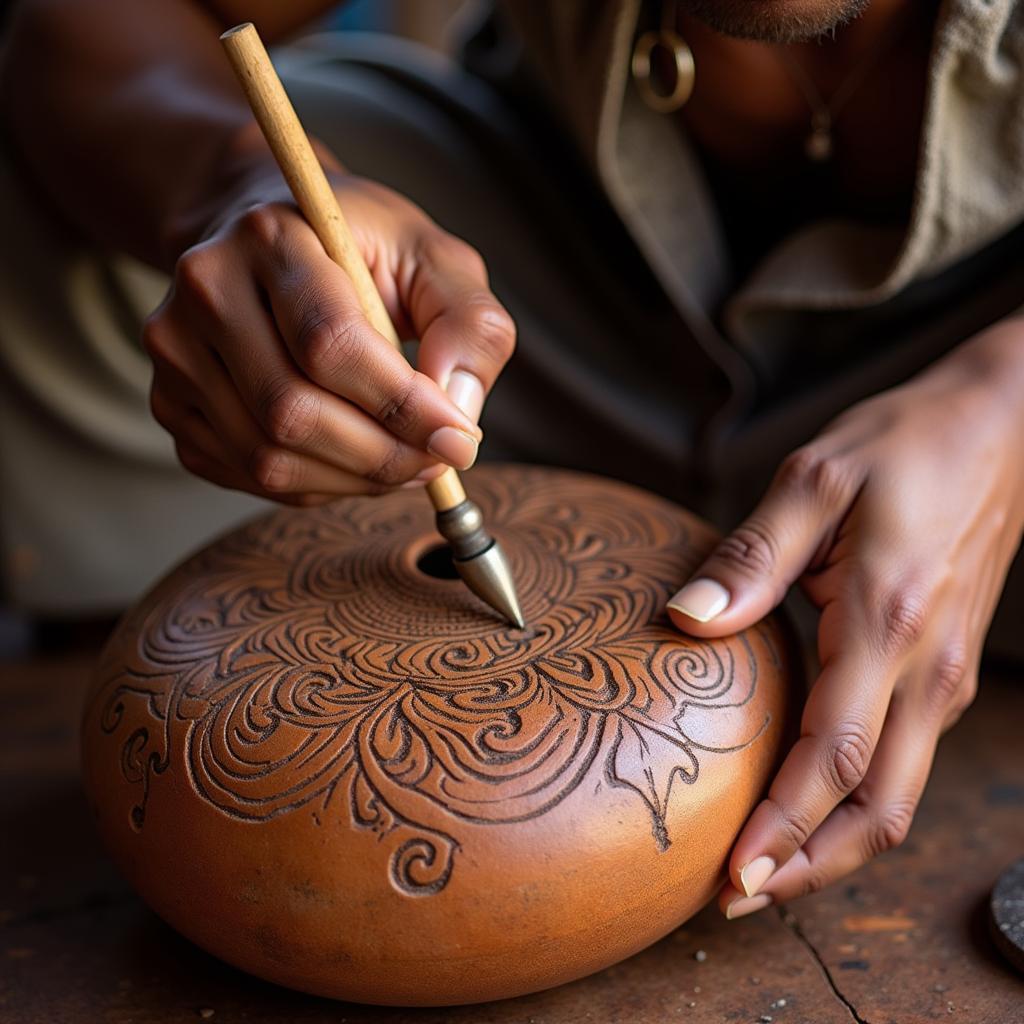 Craftsmanship of the African calabash bowl
Craftsmanship of the African calabash bowl
The Enduring Legacy: The Calabash in the Modern World
Despite modernization, the calabash remains relevant. It is experiencing a revival in contemporary art, design, and sustainable living practices.
- Sustainable Choice: As a natural and biodegradable material, the calabash aligns with eco-conscious values, offering a sustainable alternative to plastic.
- Unique Decor: Calabash bowls and decorative items add a touch of rustic charm and cultural significance to modern homes.
Preserving Heritage: Ensuring the Future of the Calabash
Supporting African artisans who continue the tradition of calabash carving and decoration is essential for preserving this rich cultural heritage. By appreciating and purchasing authentic calabash products, we contribute to the livelihoods of these skilled artisans and ensure the continuation of this beautiful art form.
The African calabash bowl is a testament to the enduring spirit of African culture – resilient, resourceful, and deeply connected to its roots. It serves as a reminder of the beauty found in simplicity and the profound stories that everyday objects can tell.
FAQ
1. How are calabash bowls made?
The process begins with harvesting mature calabash gourds. They are then cleaned, dried, and often treated with heat or smoke to harden and preserve them. Once ready, artisans skillfully carve, dye, and decorate the gourds, transforming them into beautiful and functional works of art.
2. How do I clean my calabash bowl?
Hand-washing with warm soapy water is generally sufficient. Avoid harsh chemicals or abrasive cleaners. Allow the bowl to dry completely to prevent mold or mildew.
3. Are calabash bowls food-safe?
While traditionally used for food, it’s important to ensure your calabash bowl is treated for food safety. Look for bowls that are specifically labeled as food-safe or inquire about the treatment process used.
4. Where can I buy authentic African calabash bowls?
You can find them at fair trade shops, African art markets, or online retailers specializing in ethically sourced crafts.
5. Are calabash bowls durable?
With proper care, calabash bowls can last for many years. However, they are susceptible to cracking if dropped or exposed to extreme temperatures.
You might also be interested in:
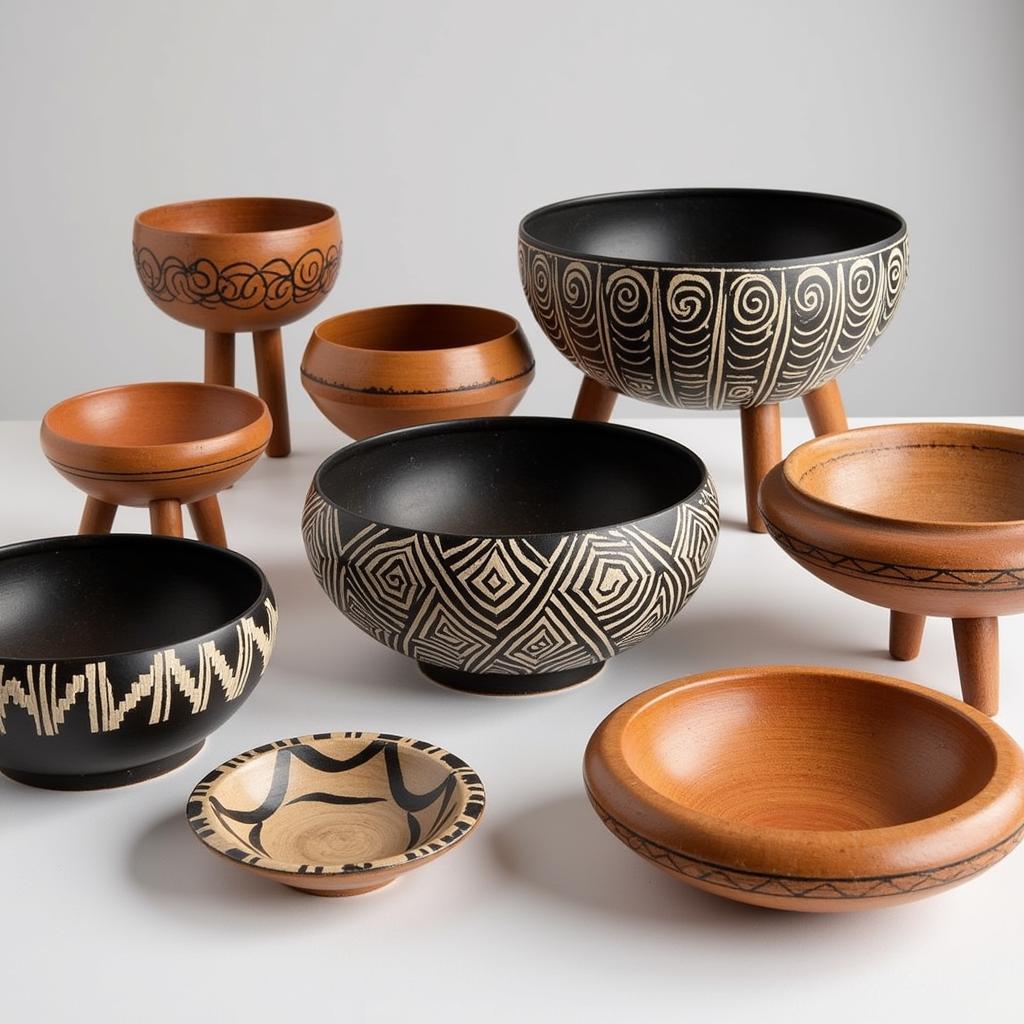 Modern designs of the African calabash bowl
Modern designs of the African calabash bowl
Need assistance? Feel free to reach out to us.
Phone: +255768904061
Email: [email protected]
Address: Mbarali DC Mawindi, Kangaga, Tanzania
We have a 24/7 customer support team ready to assist you!
